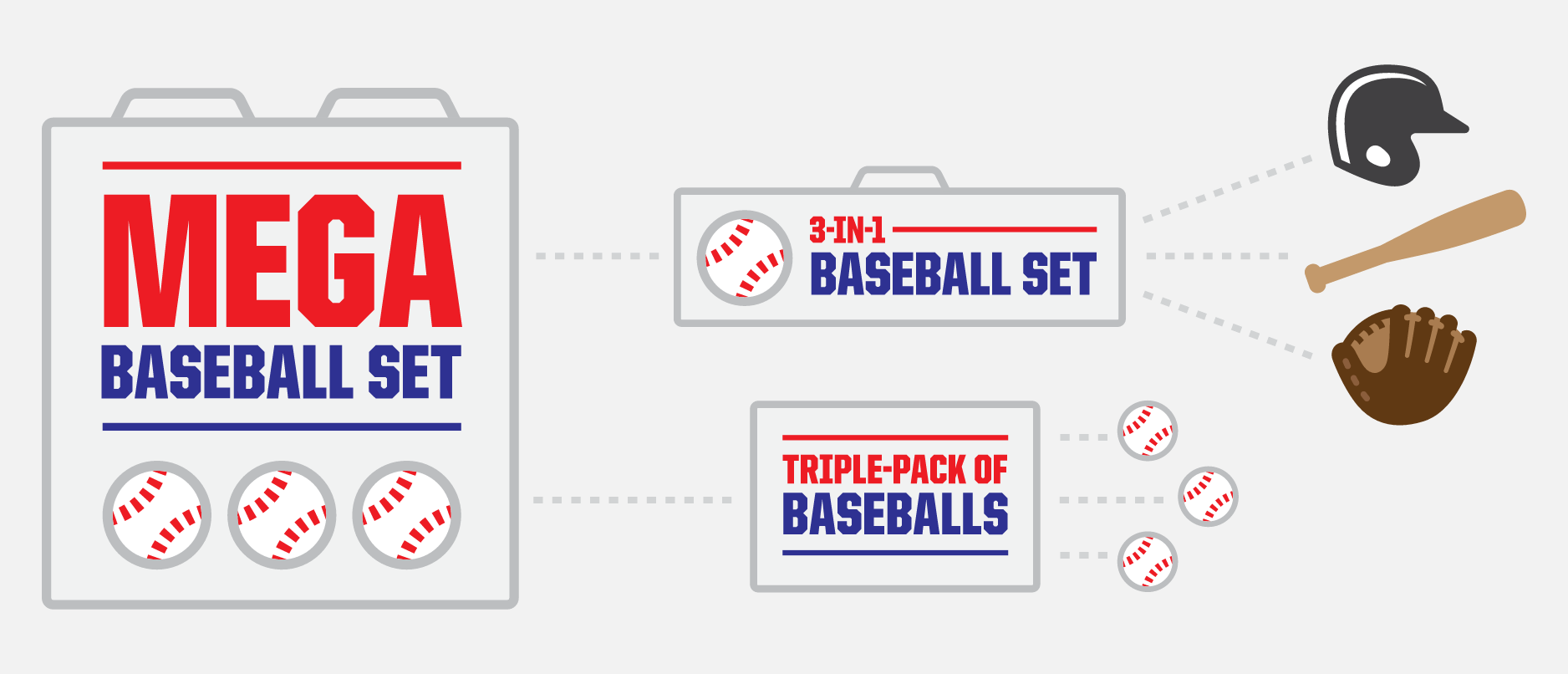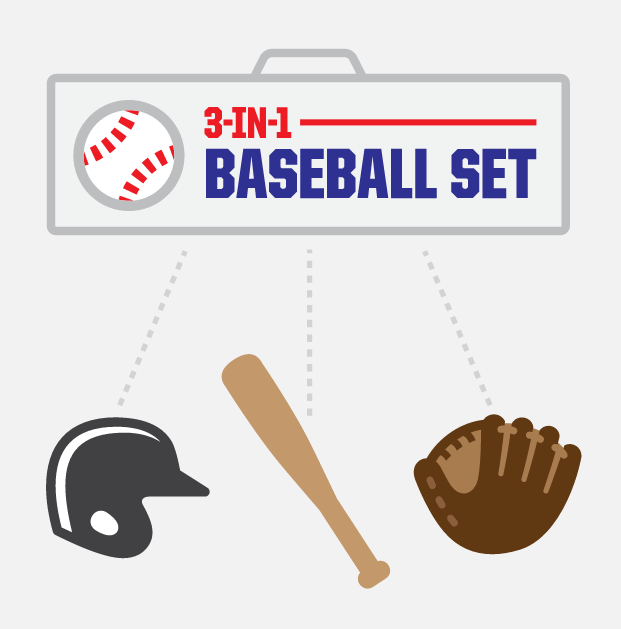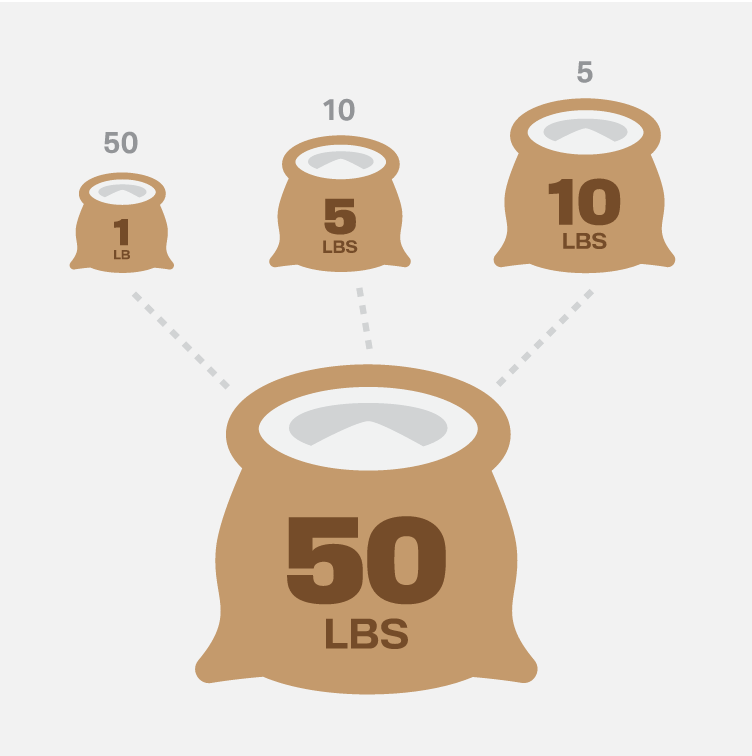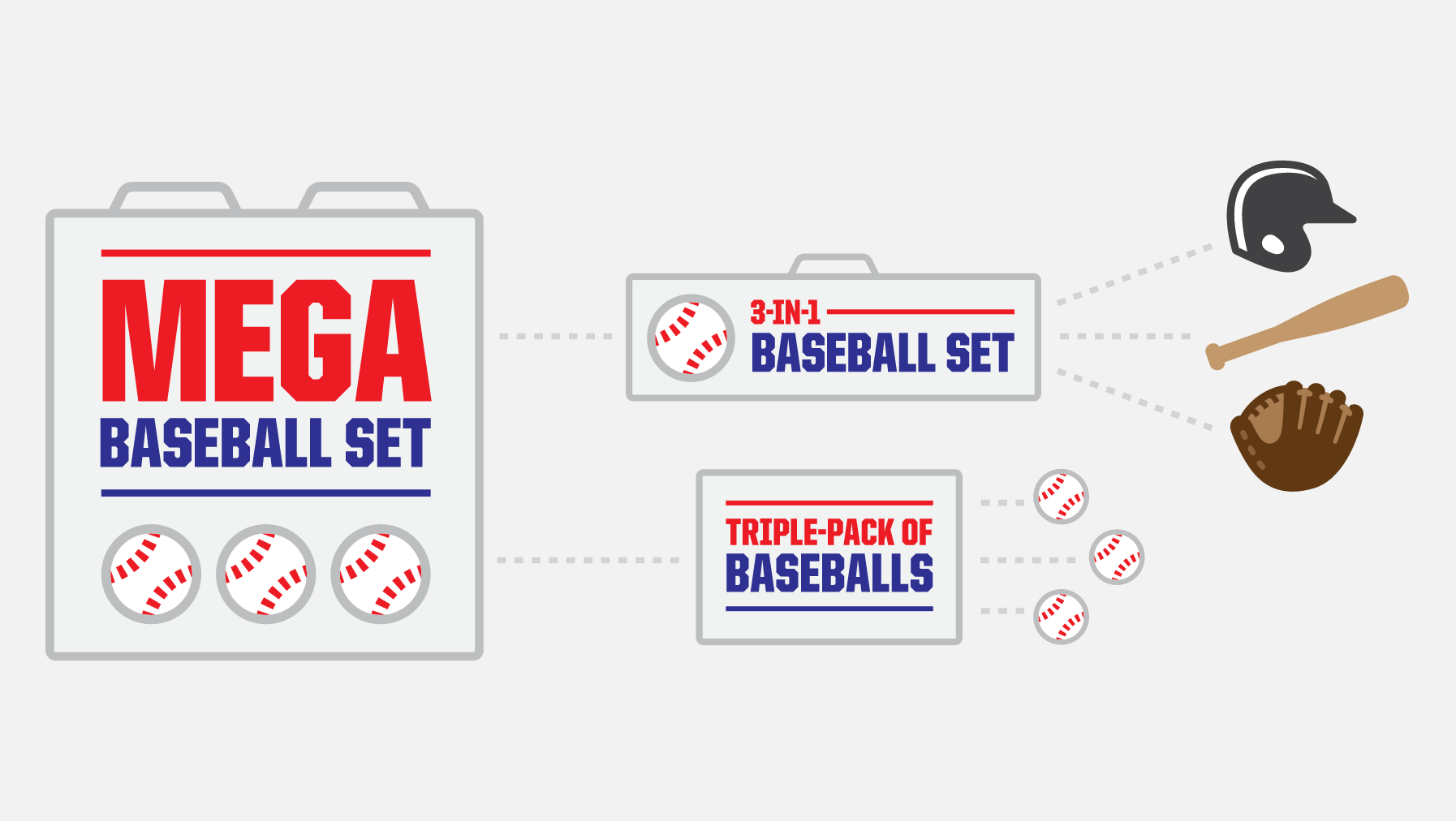Kits are hits for online merchants. There’s no denying the many benefits involved — they’re a must-have for inventory management.
Over the past couple of months, we’ve been committed to beefing up our kitting power, and the results are here.
To kick off, let’s recap what kitting’s all about and how it improves e-retailers’ workflow and bottom-line. If you’re already a kitting extraordinaire, shimmy down to our advanced features section on how we’ve juiced up our capabilities.
The Basics
Kitting is all about taking multiple, separate SKUs and bundling them into one unit for sale that’s shipped as a single order. Two scenarios present a perfect opportunity to kit; related products and the components of a single product.
If you’re selling products that are related in some way, consider bundling them. Selling superhero merchandise? Bundle Marvel action figures into a kit. Selling gardening supplies? Create an all-in-one pack.
The products may not seem clearly related from the get-go, so let the customers do the talking. If multiple customers purchase the same group of products, that indicates an opportunity for a related-product kit.
Some kits consist of components necessary to create an actual product. Think bicycles, IKEA furniture, or a DIY computer with specific parts you’ve purchased.
Buildable products make perfect kit candidates, as it’s easier to store and ship the components, and you can leave the assembly to the customer.
If you’re selling the same product in packets of varying quantities, it’s possible to turn those packets into kits of the main product.
This is especially useful if you’re selling goods that can be broken down into multiple, smaller units. Think coffee grain or sugar.
The Benefits
Now for why you should implement kits, and there are plenty.
Get Rid of the Stragglers — Let’s face it, some of your products are duds. They just won’t get off the shelf, regardless of promotion. It’s perfectly within your means to group them with a popular bundle as a means to stop them from collecting so much dust.
Make Those Shopping Carts Heavier — Average order value is a metric all merchants should pay close attention to, and kitting can work wonders on it. Rather than them buying a spare product or two, a kitted bundle can lure customers into dropping more dollars. Bundle products together, slap a slight discount on it and weigh those shopping carts down.
Reduce Shipping Errors and Costs — Every order you fulfill is a risk. It could be returned, damaged, even lost, and, in each of those situations, that’s a waste of money. Kits, by the very nature of bundling multiple orders bundled into one, reduce that risk. Instead of multiple, separate orders with the potential for an error, you’ve reduced it to one.
The same goes for costs, too. Those products that would’ve been shipped out as separate orders will now be shipped out together in a single order, heavily reducing shipping costs.
A Better Box — As you kit, bundling multiple SKUs into one unit for sale, your packaging will likely be a little different, and that’s an opportunity. It’s definitely possible to utilize shipping boxes that reduce the bundle’s weight or size in order to double-down on those shipping savings.
Bring the Efficiency — At the end of the day, kitting is a way to keep fulfillment efficient, whether it’s in terms of time or money. As you go about the fulfillment grind, kitting optimizes the process by reducing order volume, errors, and costs. Plus, kits can be pre-assembled to accelerate your back end operation, especially if they’re high volume.
Advanced Functions
Here are some advanced kitting features befitting of merchants with complex products or fulfillment models:
Multi-Level
Kits within kits within kits. Sometimes a kit is comprised of one or more kits. For instance, a Mega Baseball Set (a kit in and of itself) could consist of two other kits, like a Baseball Triple-Pack and Baseball Set, each with its own components.
Multilevel kitting keeps inventory counts aligned when any of the kits is sold.
For instance, whenever a Mega Baseball Set is sold, the quantity of every component involved is updated on every level; quantity of Baseball Triple-Packs and Baseball Sets will lower by one, as will all of their components.
And if a Baseball Triple-Pack is sold, its components will drop by one, as will the total amount of Mega Baseball Sets available.
Multi-Warehouse
For larger e-retailers with product stored in multiple warehouses around the country, even the globe, multi-warehouse kitting is necessary.
Using the graphic below as an example, two warehouses, A and B, each contain components needed for bicycle kits. Multi-Warehouse kitting tracks the components in each warehouse, alerting the merchant that only one bike kit is available in warehouse A, three can be sold from warehouse B, and four are on hand in total.
Multi-Warehouse kitting is able to keep tabs on it all — kit components spread throughout multiple warehouses are tracked to ensure an accurate quantity of total kits available in each warehouse, as well as the sum on hand across all of them.
Fractional
Fractional kitting is extremely useful when kits contain fractional quantities, like pounds or gallons, of multiple products.
Let’s say you’re selling a ‘spring-special’ four-pack seed kit consisting of four different seed types that you stock (referring to the graphic below). One pound of each type is inside a pack. Fractional kitting let’s you set a fractional value on each of the kit components — four different seeds in this case — so that, when a four-pack seed kit is purchased, a proportion of each is deducted.
Congratulations, you’ve just graduated Advanced Kitting 101!










